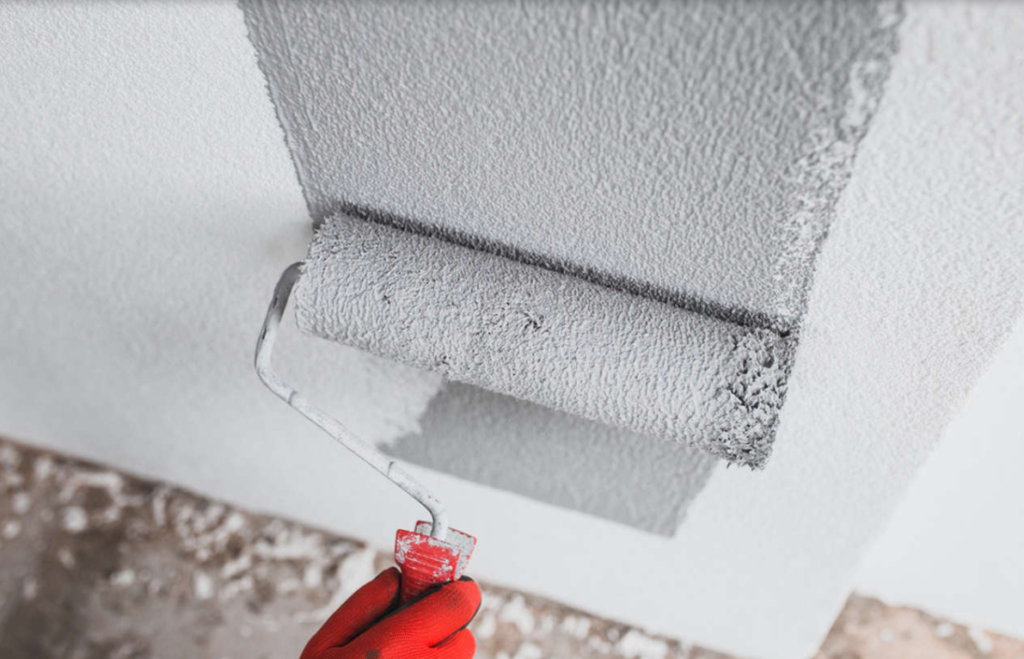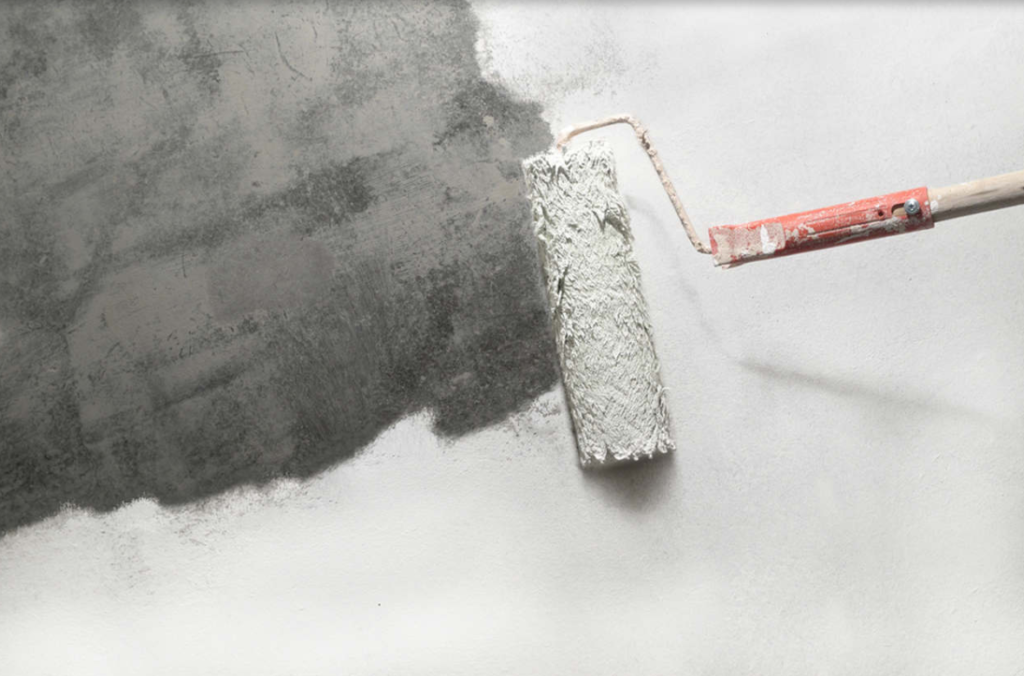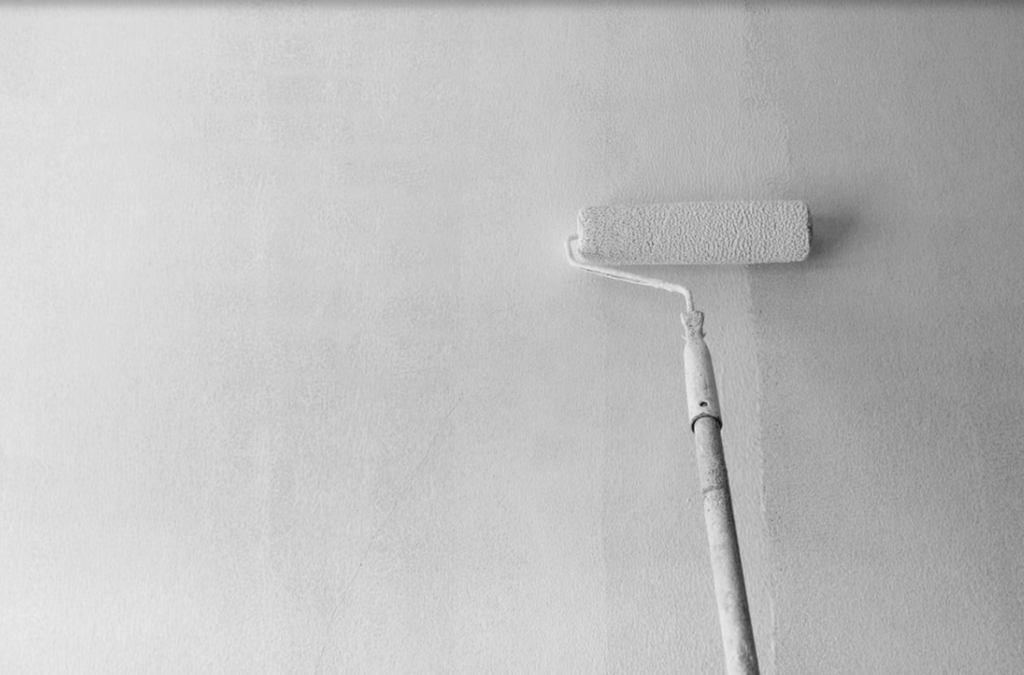Polymer exterior wall putty
The unique polymer exterior wall putty is designed for exterior walls with high bonding strength, no cracking, good initial drying crack resistance, low water absorption, freeze-thaw resistance, easy construction, and low cost.

(1) Range of application
Polymer exterior wall putty is suitable for plastering and leveling the outer walls of civil and industrial buildings, damp basements, underground garages, and other places; it is especially suitable for high-grade exterior wall coatings, such as fluorocarbon paint, polyester paint, pure silicone paint, natural stone Paints, inorganic coatings; ideal for external thermal insulation systems of buildings.
Plastering mortar for interior and exterior walls
Plastering mortar refers to the mortar applied to the surface of buildings or building components in a large area and thin layer. It can protect the base layer, prevent rain, snow, wind, and harmful chemicals from eroding the building, and improve its durability. It also has the effect of making the wall or component surface smooth, clean, and beautiful. The application of plastering mortar in construction engineering is second only to concrete, and it is one of the essential building materials.
It is generally believed that the mortar plaster layer shrinks due to the evaporation of water in the mortar, and this shrinkage process usually extends from the surface to the interior. As a result, the surface shrinkage is significant, and the internal is slight so that the surface of the mortar bears the tension and the inside bears pressure. When the tensile stress on the surface mortar exceeds its tensile strength, cracks will occur, resulting in a decrease in the bonding force with the base layer, resulting in separation from the base layer, causing hollowing and shedding. Through practice, it can use the following methods to control the cracking of plaster mortar and improve the bonding effect.
1) To reduce the porosity in the plastering mortar by decreasing the porosity through proper aggregate grading, and can also improve the workability of the mortar.
2) Use an appropriate amount of water-reducing agent to minimize the water-cement ratio, reduce water consumption, reduce shrinkage caused by water loss, and control cracks.
3) Coal ash contains many glass beads with a small surface area. Therefore, the water demand is small when it has the same consistency, so the water gel of the plastering mortar mixed with coal ash is relatively small, so the shrinkage rate is low.
4) Adding an appropriate amount of quicklime can form calcium hydroxide in a colloidal dispersed state, and absorb a thick water film on the surface, which has good plasticity, reduces water consumption, and reduces shrinkage and cracking.
5) Adding an appropriate amount of water-retaining agent (such as methyl cellulose MC) can effectively control water loss in the mortar. Good water-retaining properties can form a reasonable water gradient on the surface and inside the mortar, preventing rapid water loss. Shrinkage especially plays a more significant role in bonding porous, high water absorption lightweight walls and bricks.
6) Adding an appropriate amount of dry polymer powder can increase the bonding ability to plaster mortar on different base surfaces.
Gypsum plaster
Gypsum plaster is a plastering material for building interior walls and roof surfaces. It is a replacement product of traditional cement mortar, formulated with gypsum cementitious material as the base material. As a new type of interior wall plastering material, plaster has lightweight characteristics, fire prevention, heat insulation, sound absorption, high strength, no shrinkage, not easy to crack, and convenient construction. Therefore, it has been widely recognized and vigorously promoted by the market.

(1) Characteristics of gypsum plaster
1) Strong adhesion
Gypsum plaster has good bonding performance with various wall substrates, and there is no need to use any interface agent when plastering. In addition, due to the micro-expansion of the plaster, it can effectively inhibit the shrinkage and cracking of the plaster and better solve common problems such as hollowing, cracking, and falling off when the cement mortar is plastered.
2) Good surface decoration
The surface of Gypsum plaster is dense, smooth, and non-toxic. It does not bulge, shrink or crack, is tasteless, and can achieve high-grade plastering effects.
3) Good flame retardancy
After the gypsum is condensed, a large amount of crystal water is released. It forms a stream when heated, preventing the fire from spreading.
4) Good thermal insulation
The thermal conductivity of gypsum products is generally about 0.35W (m·K), which is only 25% of cement concrete products and 30% of clay bricks. At the same time, it can effectively prevent the transmission of sound waves after the plaster is cured, so the sound insulation effect is good.
5) Save time
The whole hardening process of whitewashing gypsum is only 1~2d, and the construction period can shorten by about 70% compared with traditional cement mortar.
6) Easy construction
Accessible to plaster, easy to scrape and repair, has low labor intensity, fewer consumables, and has faster early strength in winter construction.

7) Have good breathing function
During the hardening process, the plaster can form tiny honeycomb breathing holes, which have the function of moisture absorption and dehumidification and can improve the comfort of living.
8)Lightweight
The density is respectively 56% of cement and 75% of lime, which helps to reduce the weight of buildings.




